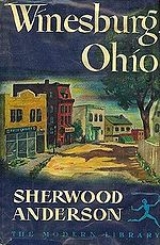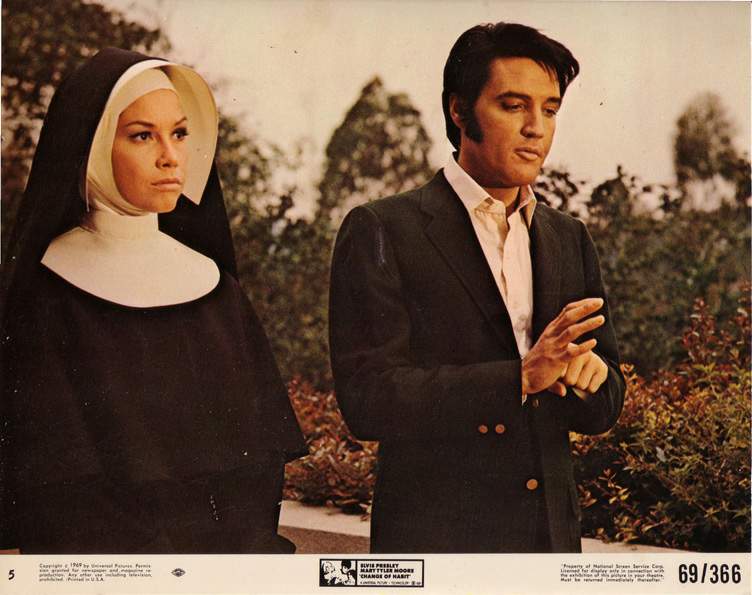
The title of this blog comes from an old mentor of mine, John Keeble. He referred to our books in progress not as novels or short story collections or books-and certainly not as MFA theses-but simply as “big things.”
It was my second year of graduate school, and I knew I was trying to write something akin to Winesburg, Indiana. Instead of emerging one by one, however, the stories came out hopelessly fused.
Imagine if Sherwood Anderson sat down and wrote the title, “New Willard House” and proceeded to describe all the characters who lived in or passed through that fictional boarding house. The end.
That’s a pretty good description of the story I submitted to Keeble’s workshop for discussion, a big, messy failure of a story. I knew it, and everyone sitting around that table knew it.
And then the most amazing thing happened. Keeble opened the discussion by saying, “Some of you are working on stories, on the small thing, but I think this piece wants to be a big thing. Rather than talk about whether or not this works as a story, let’s talk about it as material toward a larger project.”
Just like that, Keeble shifted the default setting of the workshop from dissection to enlargement, from what’s wrong to what could be. My peers weren’t allowed to say, “This story is muddled and digressive. There’s no main character and no dramatic arc.” All of which would have been absolutely true.
Instead, they said things like this: “Oh, that Tandy Hard. Good character. And Elizabeth Willard. She almost kills her husband. That’s a story. Oh, and also the night she dies with all that money hidden in the floor. That’s a good story. And maybe the day George Willard leaves the boardinghouse once and for all is a story in itself, not just a scene at the end of this story.”
Forty-five minutes of productive discussion, and I walked out with pages of scribbled notes, stories crystallizing in my brain, and boom, I was off.
I was lucky.
Typically, students want to prescribe. They want to talk about what’s not working. It’s up to the instructor to create the default setting, to frame the workshop so that big things can be brought to the table and discussed meaningfully.
Next time, I’ll talk about some of the ways I try to do that.


